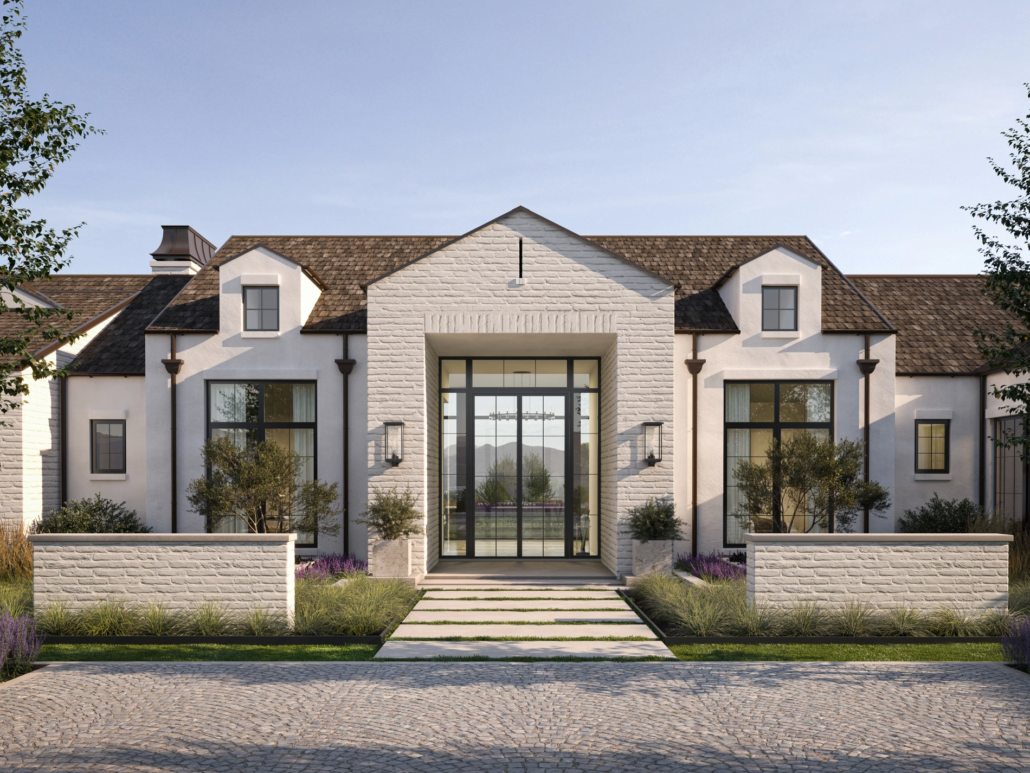residential design architects
residential design architects
Blog Article

In the world of architecture, residential design architects hold a unique and vital role. They are the visionaries who transform abstract ideas into tangible realities, creating homes that reflect the personalities, needs, and lifestyles of their inhabitants. This article delves into the multifaceted world of residential design architects, exploring their roles, the creative process, and the latest trends shaping the industry.
The Role of Residential Design Architects
Residential design architects specialize in designing homes that are both functional and aesthetically pleasing. Their expertise spans a wide range of tasks, including:
Client Consultation and Needs Assessment:
The initial phase involves understanding the client’s vision, lifestyle, and specific requirements. Architects collaborate closely with clients to ensure that every detail aligns with their expectations, from the number of bedrooms to the type of materials used.
Concept Development and Design:
Once the requirements are clear, architects develop preliminary designs and concepts. This phase includes creating sketches, floor plans, and 3D models to help clients visualize their future home. Architects balance creativity with practicality, ensuring the design is both innovative and feasible.
Technical Planning and Documentation:
After finalizing the design, architects prepare detailed drawings and technical documents. These include construction plans, electrical and plumbing layouts, and specifications for materials and finishes. This documentation is crucial for obtaining permits and guiding the construction process.
Project Management and Supervision:
Many residential design architects oversee the construction process to ensure that the project adheres to the design specifications and quality standards. They coordinate with contractors, engineers, and other professionals, addressing any issues that arise during construction.
The Creative Process
The creative process of residential design is a harmonious blend of art and science. It involves several key steps:
Inspiration and Research:
Architects draw inspiration from various sources, including nature, art, history, and contemporary trends. They also conduct thorough research on building codes, zoning laws, and environmental considerations relevant to the project’s location.
Space Planning and Functionality:
Effective space planning is at the heart of residential design. Architects carefully consider the flow and functionality of spaces, ensuring that each room serves its intended purpose while contributing to the overall harmony of the home.
Aesthetic Considerations:
Aesthetics play a crucial role in residential design. Architects select materials, colors, textures, and finishes that enhance the home’s visual appeal while reflecting the client’s personal style. They also consider the home’s integration with its surroundings, aiming to create a seamless blend with the natural landscape or urban environment.
Sustainability and Innovation:
Modern residential design increasingly emphasizes sustainability. Architects incorporate eco-friendly materials, energy-efficient systems, and sustainable building practices to minimize the environmental impact of their projects. Innovative technologies, such as residential design architects smart home systems and renewable energy solutions, are also becoming standard features in contemporary designs.
Trends in Residential Design
Several trends are currently shaping the field of residential design architecture:
Sustainable and Green Design:
There is a growing demand for homes that are environmentally responsible and energy-efficient. Architects are integrating green roofs, solar panels, rainwater harvesting systems, and sustainable materials to create eco-friendly residences.
Open and Flexible Spaces:
Modern homes often feature open floor plans that allow for flexible use of space. Movable walls, multipurpose rooms, and seamless indoor-outdoor transitions are popular elements that enhance the versatility and livability of a home.
Smart Home Technology:
The integration of smart home technology is transforming the way we live. Residential architects are incorporating systems that allow homeowners to control lighting, temperature, security, and entertainment through their smartphones or voice-activated devices.
Health and Wellness:
Post-pandemic, there is an increased focus on designing homes that promote health and wellness. Features such as enhanced air filtration systems, abundant natural light, and spaces dedicated to exercise and relaxation are becoming essential components of residential design.
Residential design architects are more than just designers; they are creators of environments where people live, grow, and make memories. Their work requires a delicate balance of creativity, technical skill, and a deep understanding of their clients' needs and desires. As trends evolve and new residential design architects technologies emerge, these architects continue to innovate, crafting homes that are not only beautiful and functional but also sustainable and forward-thinking. The future of residential design is bright, promising homes that truly resonate with the way we live today and tomorrow.